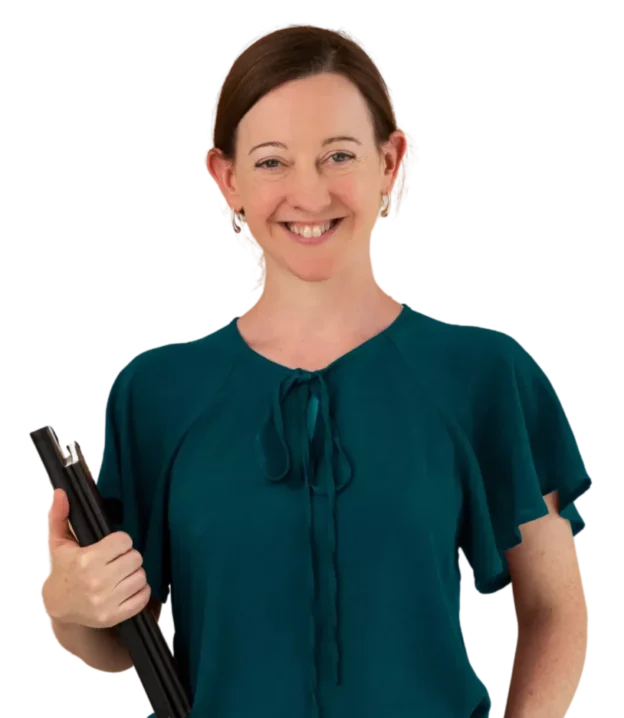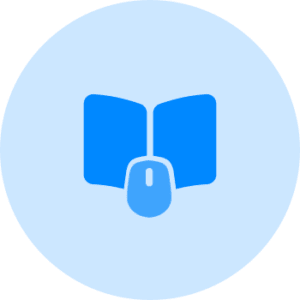 Direct question: Where is the bank?
Direct question: Where is the bank?
Indirect question: Could you tell me where the bank is?
Notice that in the indirect question I put the verb (‘is’) after the subject (‘the bank’), in the same way as I do with a normal positive sentence (‘the bank is over there’), but in the direct question I put the verb ‘is’ before the subject ‘the bank’. This is called inversion, and it is used to make direct questions in many verb tenses in English, but we don’t use inversion in indirect questions. This is very similar to the grammar of reported questions. However, we use indirect questions in a different way from reported questions. Indirect questions are a way of being polite. They are very, very common in English, especially when you’re talking to someone you don’t know.
‘Yes / No’ Questions
To make an indirect ‘yes / no’ question, we use ‘if’ and the word order of a normal positive sentence. This is the same as for reported ‘yes / no’ questions. On the other hand, we don’t usually need to ‘backshift’ (change the tense of the verb) as we do with reported questions.
Of course, most tenses make questions by using ‘inversion’ (changing the word order). To change from a direct ‘yes / no’ question with inversion to an indirect question, you add ‘if’ and change the word order back to a normal positive sentence. You don’t need to use inversion.
‘Yes / no’ questions for tenses with inversion:
| Verb Tense | Direct Question | Indirect Question |
| Present simple with ‘be’ | Is he Spanish? | Can you tell me if he is Spanish? |
| Present continuous | Is the restaurant closing now? | Can you tell me if the restaurant is closing now? |
| Past simple with ‘be’ | Was he late for the meeting? | Can you tell me if he was late for the meeting? |
| Past continuous | Were you watching TV at 3pm? | Can you tell me if you were watching TV at 3pm? |
| Present perfect | Has Lucy been to Mexico? | Can you tell me if Lucy has been to Mexico? |
| Present perfect continuous | Has she been living here long? | Can you tell me if she has been living here long? |
| Past perfect | Had she found this job when she moved here? | Can you tell me if she had found this job when she moved here? |
| Past perfect continuous | Had she been living here long when she met you? | Can you tell me if she had been living here long when she met you? |
| Future simple with ‘will’ | Will she start her new job next week? | Can you tell me if she will start her new job next week? |
| Future simple with ‘going to’ | Is it going to rain later? | Can you tell me if it is going to rain later? |
| Future continuous | Will Lisa be meeting the boss later? | Can you tell me if Lisa will be meeting the boss later? |
| Future perfect | Will he have finished the report by tonight? | Can you tell me if he will have finished the report by tonight? |
| Future perfect continuous | Will he have been studying French for twenty years when he retires? | Can you tell me if he will have been studying French for twenty years when he retires? |
| Modal verbs | Should we start now? | Can you tell me if we should start now? |
‘Yes / no’ questions with tenses that use ‘do / does / did’:
Sometimes you want to make an indirect question using the present simple of any verb except ‘be’ or the past simple of any verb except ‘be’. These tense make direct questions by using ‘do / does / did’. When we want to make indirect ‘yes / no’ questions using these tenses, we need ‘if’ and we don’t need ‘do / does / did’.
| Verb Tense | Direct Question | Indirect Question |
| Present simple with any verb except ‘be’ | Does David live in London? | Can you tell me if David lives in London? |
| Past simple with any verb except ‘be’ | Did Amanda call John yesterday? | Can you tell me if Amanda called John yesterday? |
‘Wh’ Questions
In the same way as with reported ‘wh’ questions, we use the question word and the word order of a normal positive sentence to make indirect ‘wh’ questions. We don’t need to use inversion. Again, we also don’t usually need to ‘backshift’ (change the tense of the verb) as we do with reported questions.
To change a direct question to an indirect question for tenses that make questions using inversion, you just add the ‘wh’ word and change the word order back to a normal positive sentence.





